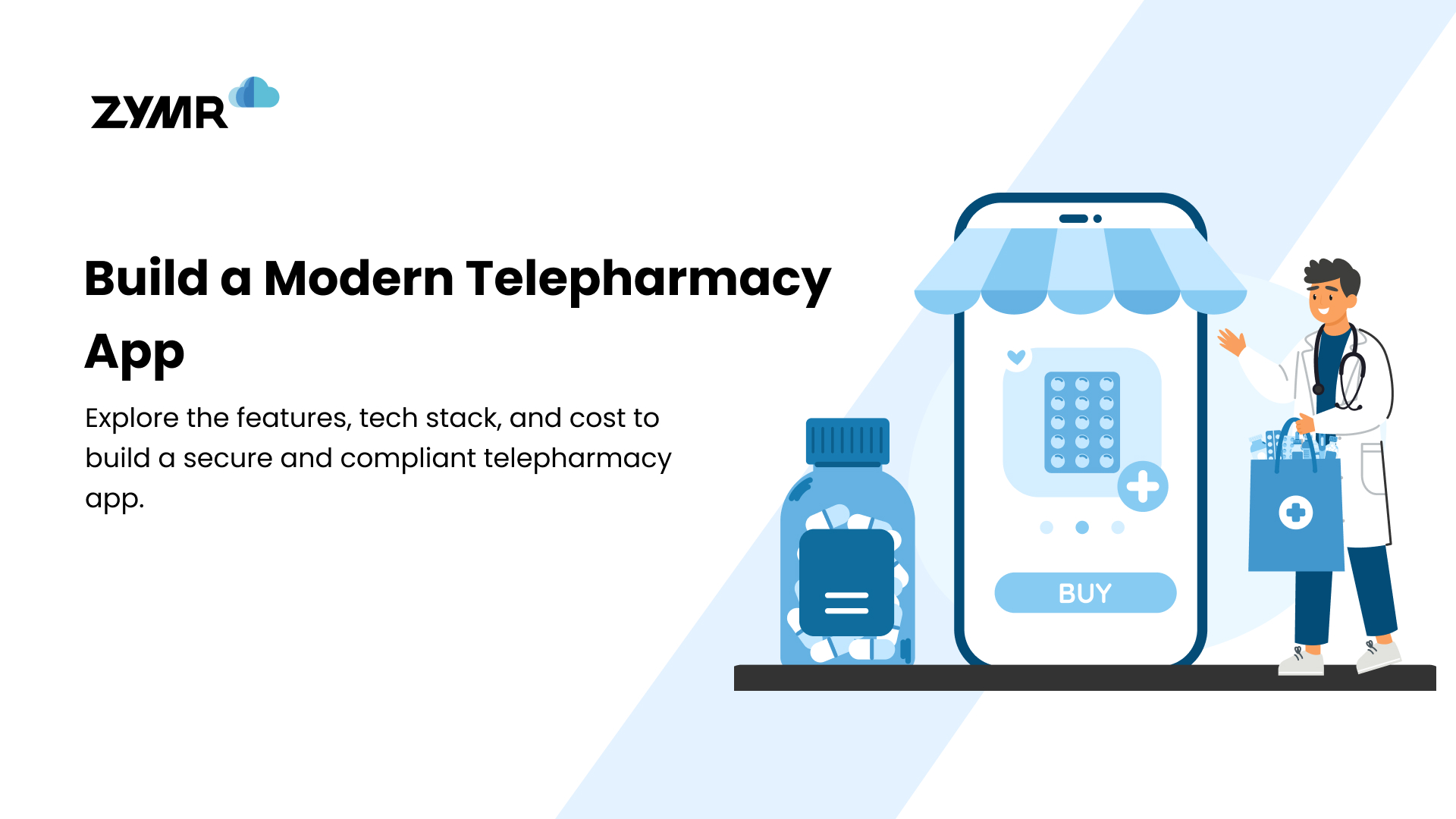IoT is driving the digital metamorphosis in the banking industry. The surge in internet-enabled devices, like smartphones, tablets, and smartwatches, signifies an increase in opportunities for fintech software development to scale their business through the Bank of Things (BoT). IoT technologies are enabling real-time connections, making banking more efficient and customer-centric. The concept of the BoT is rapidly gaining traction, promising a transformation of traditional banking methods into more advanced, automated, and customer-centric models.
Therefore, in this blog, we will explore the relationship between IoT, BoT, and Fintech.
Promises of the Bank of Things (BoT)
The Bank of Things is essentially the application of IoT technologies in the banking sector. It leverages the interconnectedness of smart devices to improve customer experiences, streamline operations, and create new opportunities for financial institutions. From ATMs and mobile apps to wearables and smart speakers, the IoT-based fintech software development is weaving a network of smart banking touchpoints.
- Customer Onboarding: IoT can play a crucial role in customer onboarding by linking various devices to a customer's digital identity. This enables the creation of a unique digital signature that can authenticate access, similar to social media or email logins. This digital signature accelerates the Know Your Customer (KYC) process, allowing banks to offer personalized products and services right from the onboarding stage.
- Tailored Auto Insurance: IoT and onboard telematics devices have revolutionized the auto insurance industry by collecting data on customers' driving habits. This data allows auto insurers to offer discounts, favorable premium rates, and other perks to compliant customers. Additionally, BoT enables the collection of metrics like engine health, wear and tear, and GPS data on vehicle speed. This data empowers insurers to price their offerings accurately and improve their bottom line.
- IoT-Enabled Smart Contracts: Smart contracts, enforced by BoT and digital identity, automate contract negotiation and performance. For example, access to a premises can be controlled based on payment of rent or the completion of a trial period for a product. Smart contracts mitigate operational risks and enable the design of products that enhance the overall customer experience.
- Automated Leasing: IoT sensors continuously monitor metrics such as asset usage, wear and tear, and idle time. This data contributes to the development of new leasing models, where transitional products can be made available as a service. By remotely controlling assets and disabling them in case of contract breaches, banks gain greater control over their leased assets.
- IoT Devices in Retail Banking: Retail banking has been an early adopter of BoT devices, with ATMs being a prime example. Modern ATMs, or "smart ATMs," have significantly reduced the need for in-person banking, leading to cost savings for banks. Moreover, new technologies for IoT-based fintech software development are being employed to send customized offers to customers' smartphones as soon as they enter the bank.
Harnessing Data with IoT in Banking
To make the most of the benefits that data analytics and BoT offer, banks must invest in the right technology infrastructure, talent, and data governance. By collecting and analyzing data from various sources, banks can gain valuable insights into customer behavior, market trends, and operational efficiency. Fintech software development with IoT devices, such as wearable devices and smart glasses, can further enhance data collection capabilities and enable real-time monitoring and analysis. The BoT is enabling banks to collect and analyze a wealth of customer data. Information gathered from mobile banking apps and other smart devices can be used to anticipate customer needs and offer insightful financial advice. This data-centric approach boosts customer loyalty and drives business growth.
Let's dive into some real-life examples of how banks are leveraging data analytics and IoT to drive innovation and deliver exceptional customer experiences:
- Fraud Detection and Risk Modeling: Fraudulent activities pose a significant threat to financial institutions. To combat this, banks are using data analytics and IoT to detect and prevent fraud. For example, HSBC has collaborated with SAS Fraud Management to harness big data and IoT to detect fraudulent behavior in ATM transactions. By tracking data points such as geolocation, banks can identify the likelihood of a fraudulent event and take preventive measures.
- Smart Algorithmic Trading: Instead of relying on human intuition, banks are using IoT models and data analytics to make smarter decisions in trading. These algorithms incorporate real-time data, such as stock exchange rates and social media trends, to keep companies up-to-date on financial movements. This approach helps banks make more informed investment decisions and reduce the risk of financial losses.
- Internet-Connected Wearables: Wearable devices, such as smartwatches and fitness trackers, are not just for healthcare and fitness tracking. Banks are exploring the use of IoT technology to create innovative wearable devices for convenient banking experiences. For example, customers can make quick payments with a flick of their wrist using devices like FitPay. Additionally, smart glasses are being used to detect fake checks by connecting them to a computer and automatically verifying the check's credentials.
Process Optimization and Workflow Management: IoT and data analytics can help banks streamline their business processes and improve workflow management. By monitoring critical data points, such as machine performance and transaction volumes, banks can identify bottlenecks and optimize their operations. This optimization ensures that each part of the organization is in harmony and maximizes overall efficiency.
Conclusion
The future of IoT in banking promises revolutionary changes, offering personalized, secure, and efficient services. Banks must adapt, investing in infrastructure and cybersecurity. This evolution presents opportunities for enhanced customer experiences. The concept of the Bank of Things (BoT) is gaining traction, enabling banks to transform operations and compete effectively in fintech software development. BoT is poised to shape the future of banking significantly.
FAQs
>
>
>
>
>
Have a specific concern bothering you?
Try our complimentary 2-week POV engagement
Our Latest Blogs









.svg)
.svg)
.svg)
.svg)
.svg)
.svg)
